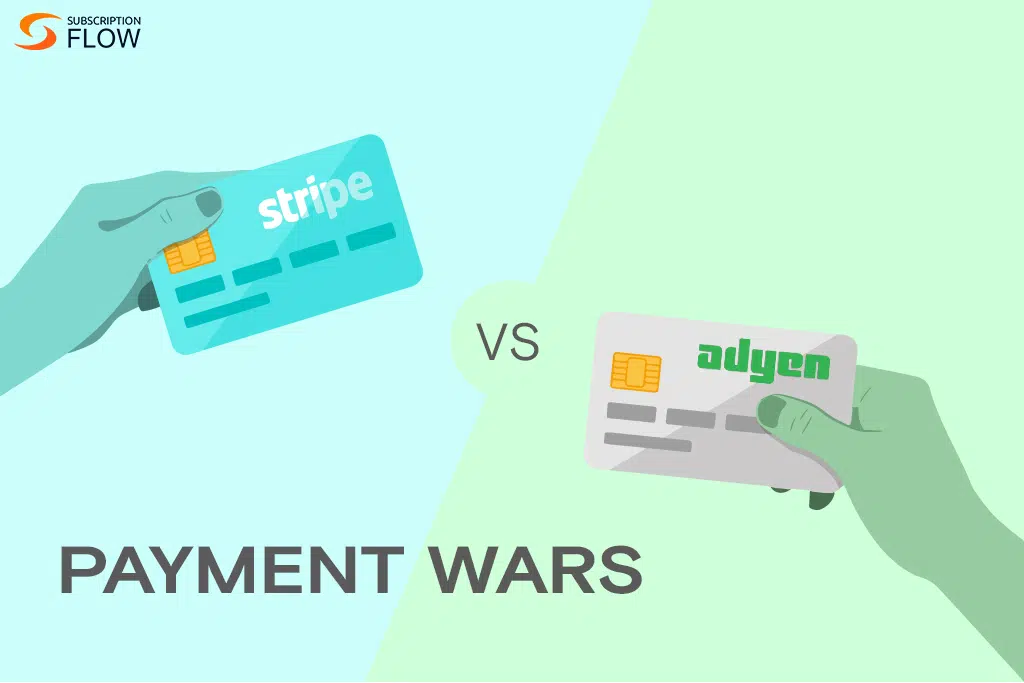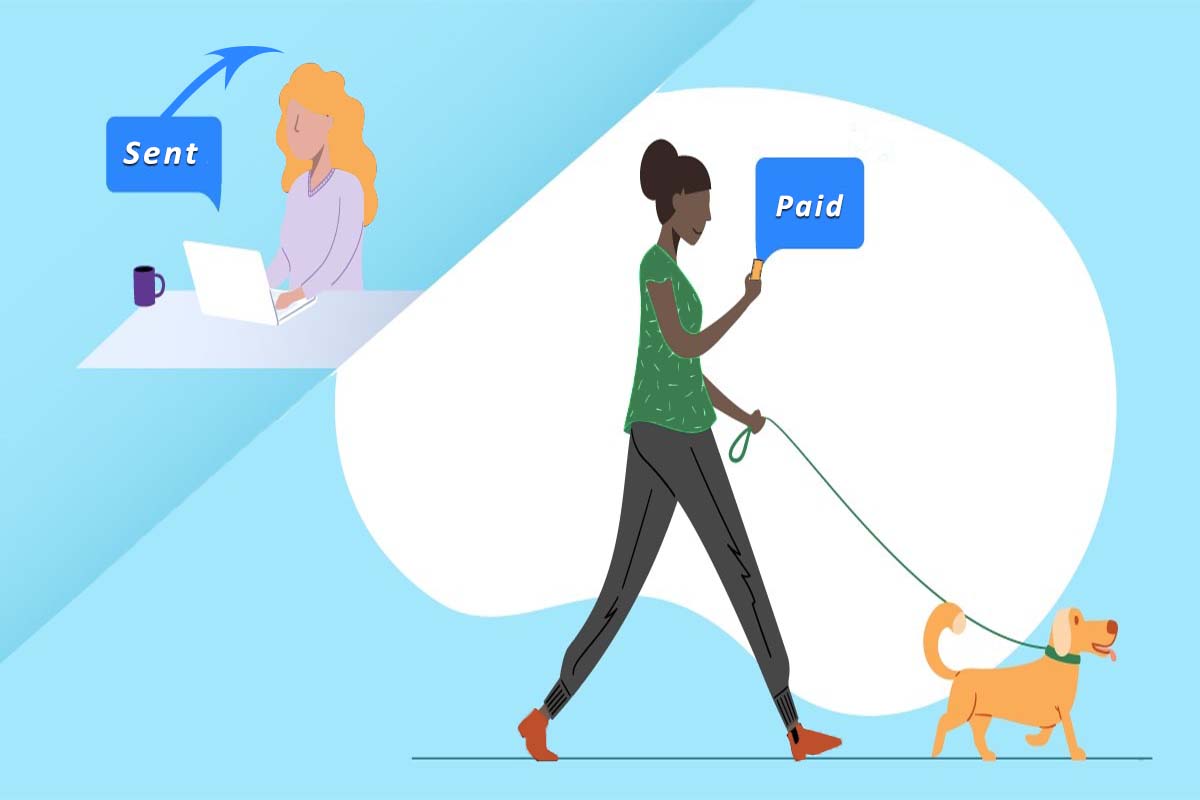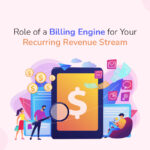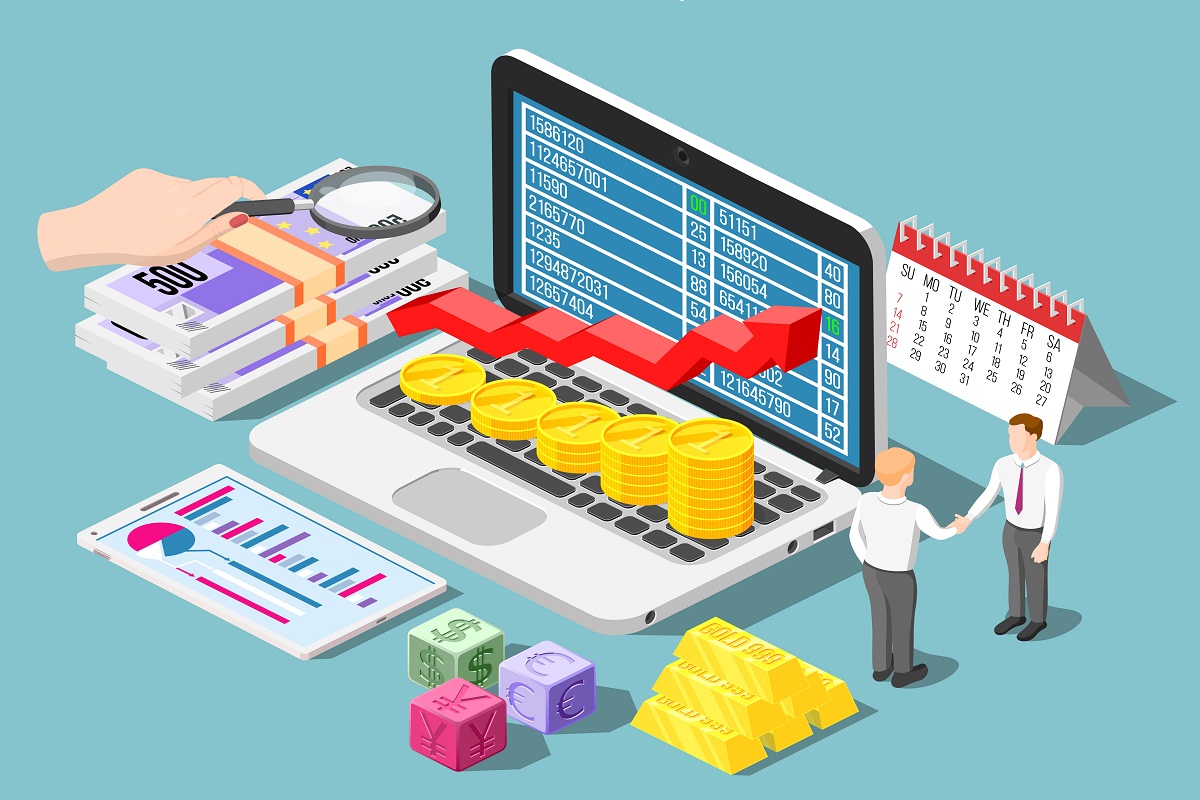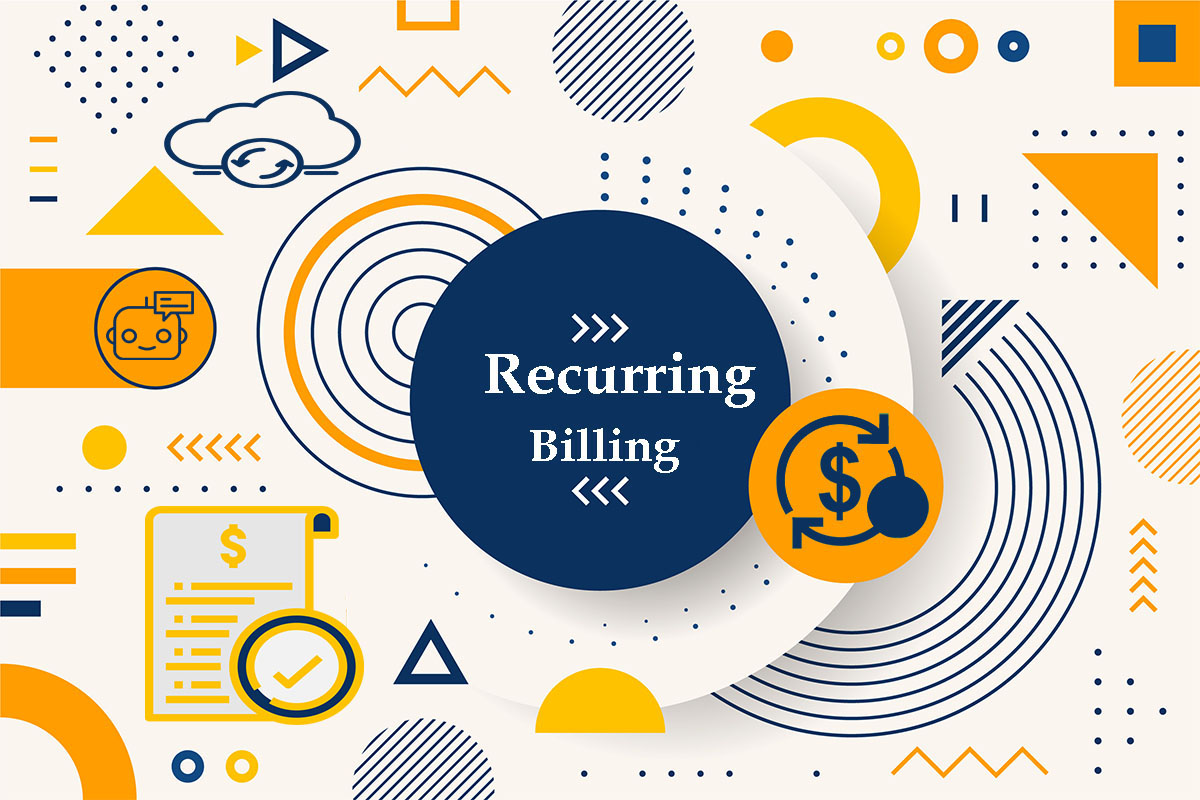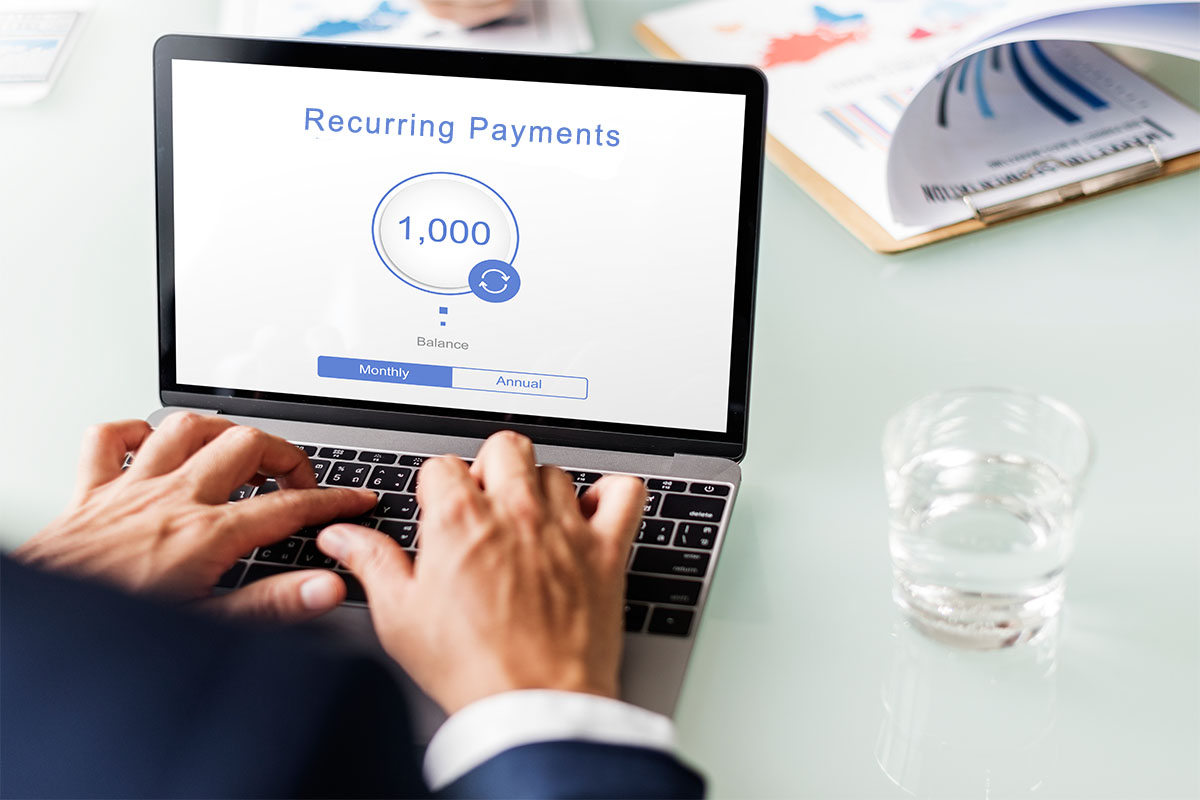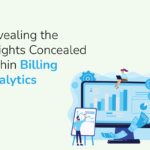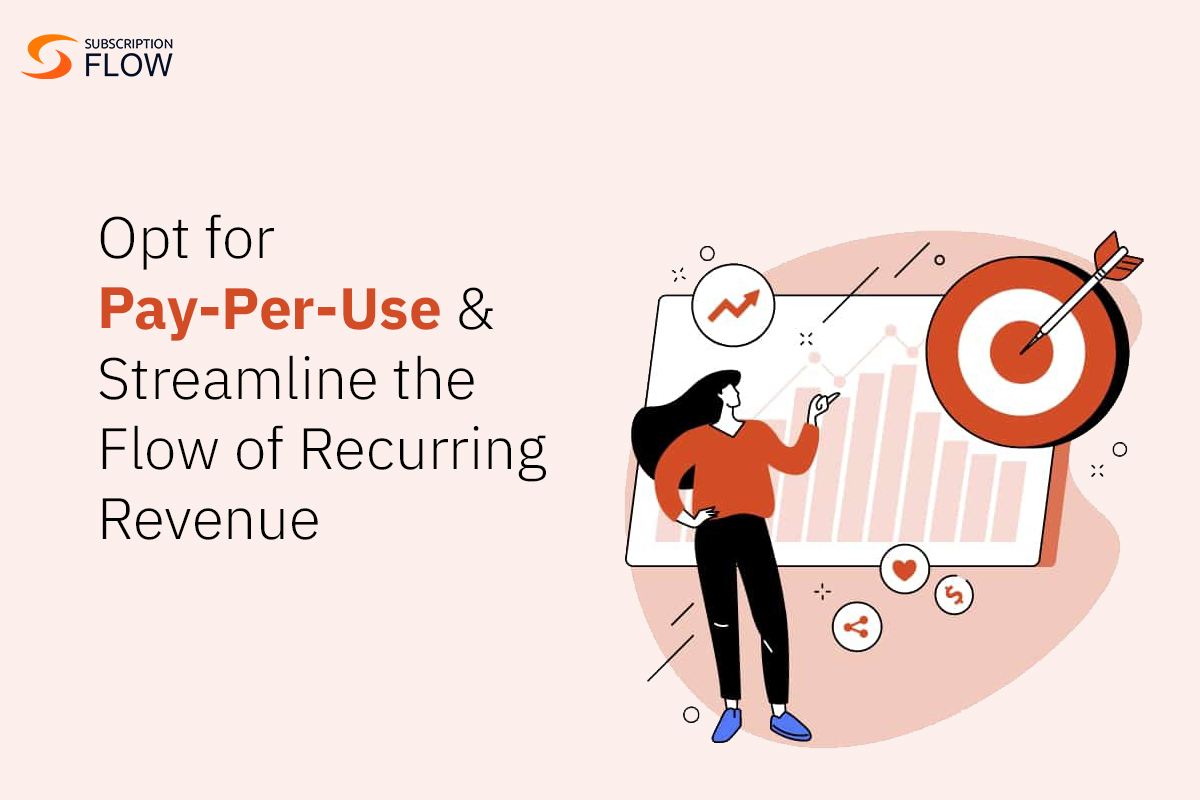
The Pricing Paradigm: Decoding Pay-Per-Use Charges for Business Success
For SaaS businesses, one of the most taxing tasks is to set the right price for their SaaS product and services. There are many pricing plans that SaaS businesses opt for from flat rate to hybrid pricing, you can opt for any pricing plan.
This article covers details of the pay-per-use charges, however, first, you need to understand why the pricing plan is so important for SaaS businesses.
The Importance of Pricing Plans
Deciding on the right pricing plan is important because it links directly with the revenue that you generate. If the pricing plan is right, the flow of the recurring revenue remains maintained. Also, one needs to understand the stakeholders and factors while deciding the pricing plan for the SaaS subscription business. The following are the ones:
- The Competitors’ Analysis: you need to see the pricing plans and the pricing offered by competitors. Decide your pricing structure accordingly.
- Your customers: you also need to look at how much your targeted customers can pay. If you want to cater to customers from every sector of society, then you will need to decide pricing structure in accordance with that.
- Your Product: it is also important to see the product value that you are offering when deciding the pricing. Many businesses believe in improving the product to the level where they will not need to spend heftily on marketing rather product value is enough to get customers and referrals from these customers for more customers.
- Targeted Region: You will have to consider the region where your target market is located. Your pricing will be decided as per the currency rate of that region.
Now that the idea of a pricing plan for a SaaS business is clear, it is time to move towards pay-per-use for SaaS.
Also Read: How Does SubscriptionFlow Help You Harness the Pay-Per-Use Pricing Model for Your Business?
What Is Pay-Per-Use Charges?
Pay-per-use charges are a type of dynamic pricing strategy in which clients receive bills according to the actual amount or usage of the good or service. This strategy, in contrast to conventional fixed pricing systems, directly links costs to usage and provides flexibility and cost-effectiveness for both customers and enterprises. Pay-per-use fees let customers pay only for the features, resources, or time they really utilise, whether they are used for software, cloud computing resources, or telecom services. This model represents a move towards a more customer-centric strategy, accommodating different usage patterns and needs while giving companies the flexibility to adjust to shifting market demands.
Industries Embracing Pay-Per-Use
The pay-per-use model is being enthusiastically adopted by a number of industries due to its ability to better match pricing structures with customer demand and provide a more flexible corporate environment. Businesses offering Platform as a Service (PaaS), Software as a Service (SaaS), and Infrastructure as a Service (IaaS) are prominent adopters in the field of technology and cloud computing. Pay-per-use models for data, voice calls, and messaging services are becoming more and more popular among telecom firms because they give customers more control over their consumption and costs. Pay-per-use fees have also been introduced into the transportation industry, encompassing ride-sharing and car rental services, enabling users to only pay for the precise amount of time or distance they need. Pay-per-use pricing for gas, water and electricity has also revolutionised the utility sector by encouraging effective resource usage.
Customer Perspective
This pricing strategy is in line with the modern demand for value and flexibility. Pay-per-use fees are transparent and preferred by customers because they only have to pay for the features or resources they actively use. In addition to meeting individual demands, this guarantees an equitable and economical experience. Customers find comfort, for example, in cloud computing’s capacity to adjust resources according to actual consumption, which optimises both performance and costs. Customers in the telecom industry appreciate having control over their plans and only having to pay for the calls, texts, or data they use. All things considered, pay-per-use models’ customer-centric design promotes financial control and empowerment, making it a more appealing option for people looking for customised and value-driven solutions in today’s marketplace.
Also Read: SaaS Pricing Trends to Boost Sales & Revenue in 2024
You can also opt for pay-per-use charges for your SaaS subscription business. However, keep in consideration all risks. One of the best approaches that you can try out to see if your pricing plan and strategy are working fine is to see if your recurring revenue is streamlined. If revenue is not maintained, you can make changes in the pricing plans and strategy. In the SaaS business world, businesses have the liberty to mix and match different pricing plans to find the best fit for their business.



